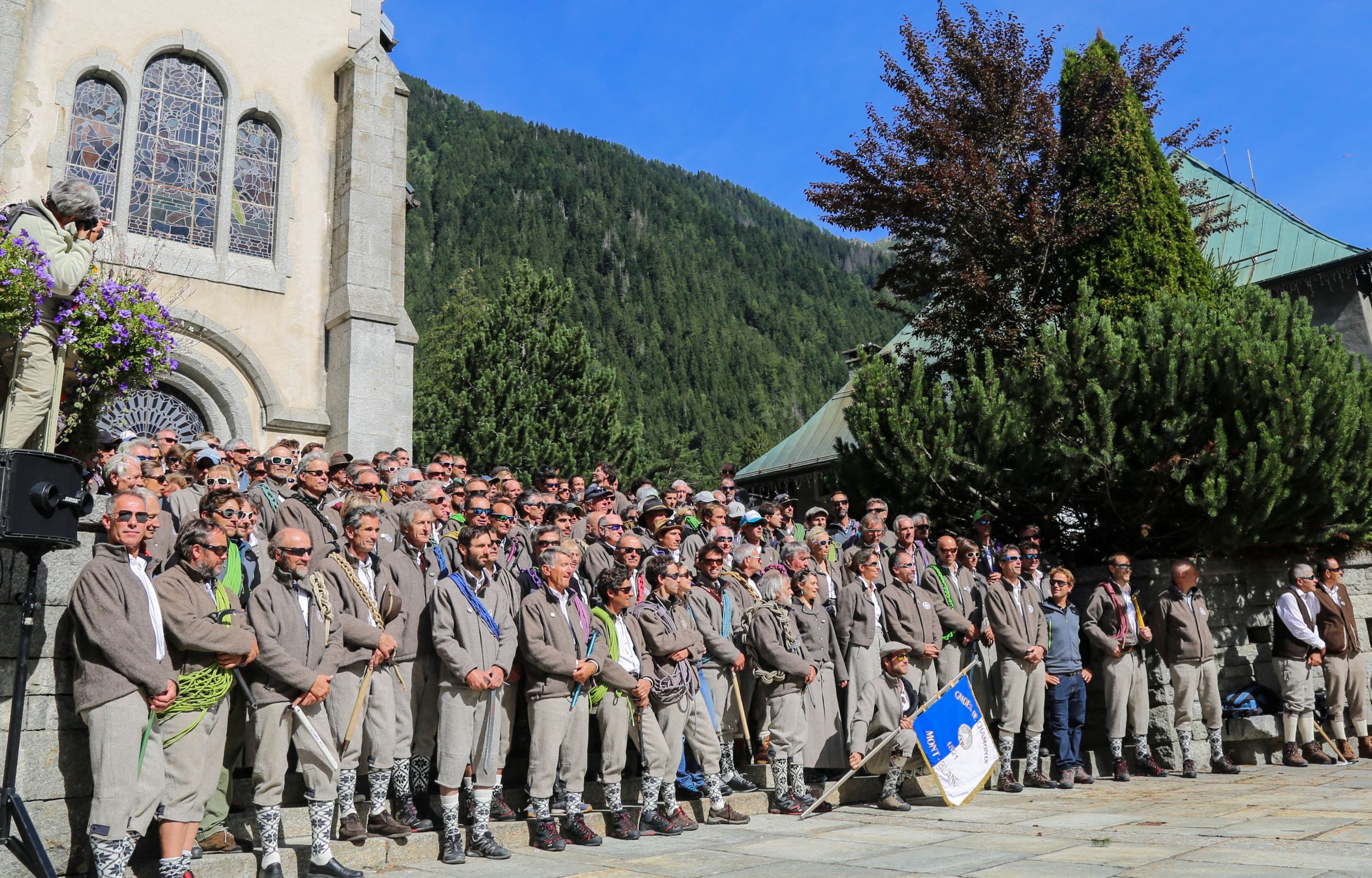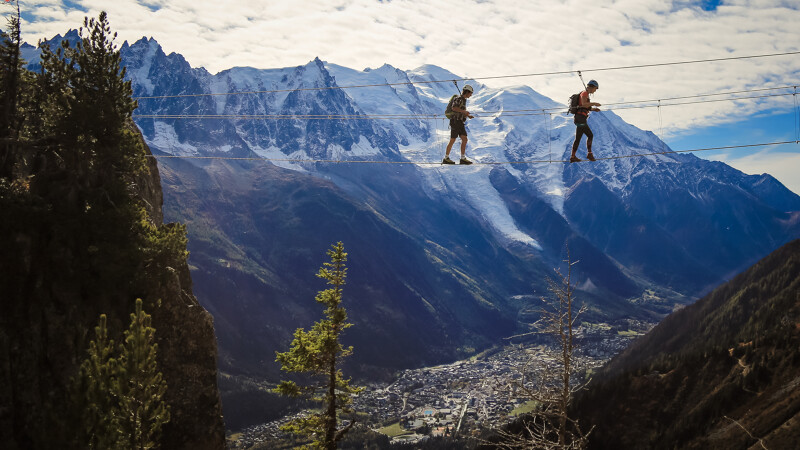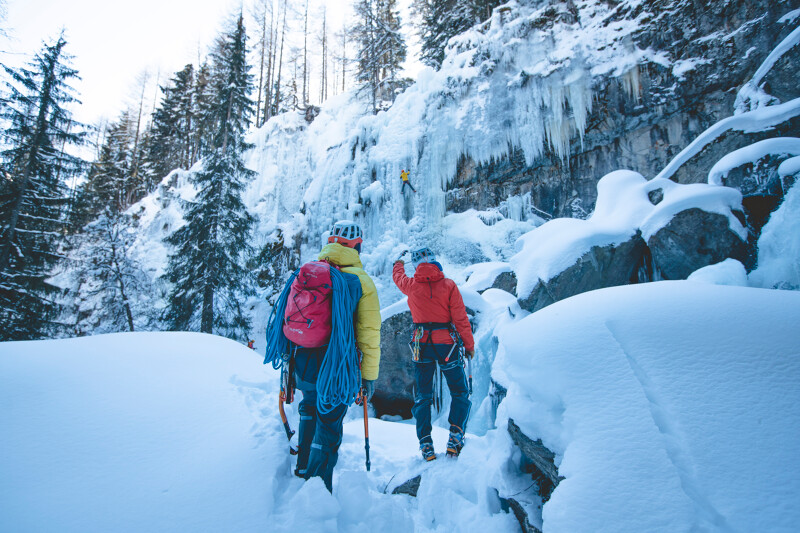Anticipating the future of the guiding profession

An interview with Daniel Rodrigues, director of the Compagnie des Guides de Chamonix
Ecologist wildlife photographer, mountain guide and director of the Compagnie des Guides de Chamonix, Daniel Rodrigues has more than one feather in his cap!
At only 36 years old, one gets the impression that he has already acquired the wisdom of a sage. Without doubt being immersed in nature since his earliest childhood and his environmental studies have sharpened his senses, but I like to think that his favorite animal, the European Pygmy Owl (Glaucidium passerinum), which he studied over a five year period, has passed on its wisdom to him. Like this emblematic bird, Daniel is discreet, discerning and far-sighted.
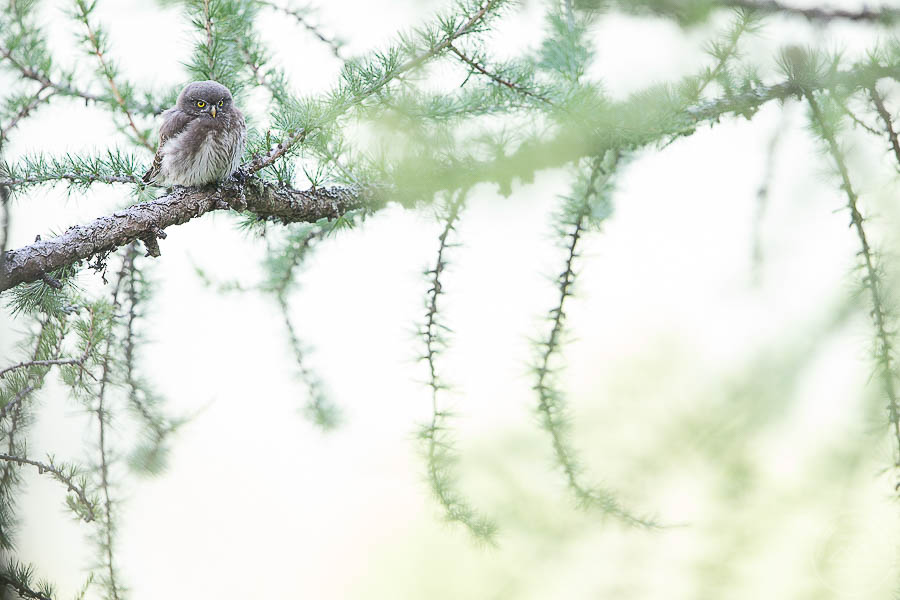
Indeed, as director of the prestigious Compagnie des Guides de Chamonix, he must show visionary leadership . He shares with his colleagues (Olivier Gréber, president, Didier Tiberghien, director of GHM and the Committee) the responsibility of developing a sustainable strategy for the future.
After a long day of meetings relative to mountain refuges managed by the Compagnie des Guides, Daniel was kind enough to answer my questions and talk about his career and his aspirations.
Q: Have you always been passionate about nature?
Yes, I was born in Chamonix, and, as a child, I spent alot of time in the mountains with my parents. Two people in particular influenced my career choices. The first was Guy Peters, my school teacher (also a mountain guide). When I was in 9, he took the whole class to spend a night in the mountains. We took the train to Servoz and then set off on foot for the Moëde Anterne refuge – 1200m of elevation gain and a long day of walking for our little legs. I will always remember the joy I felt waking up in this magical place in the heart of nature.
And the other person is my cousin George Moreira, who often took me along when he was preparing his mountain leader diploma. I also spent many happy hours with him picking blueberries which we then sold to Merlet Animal Park.
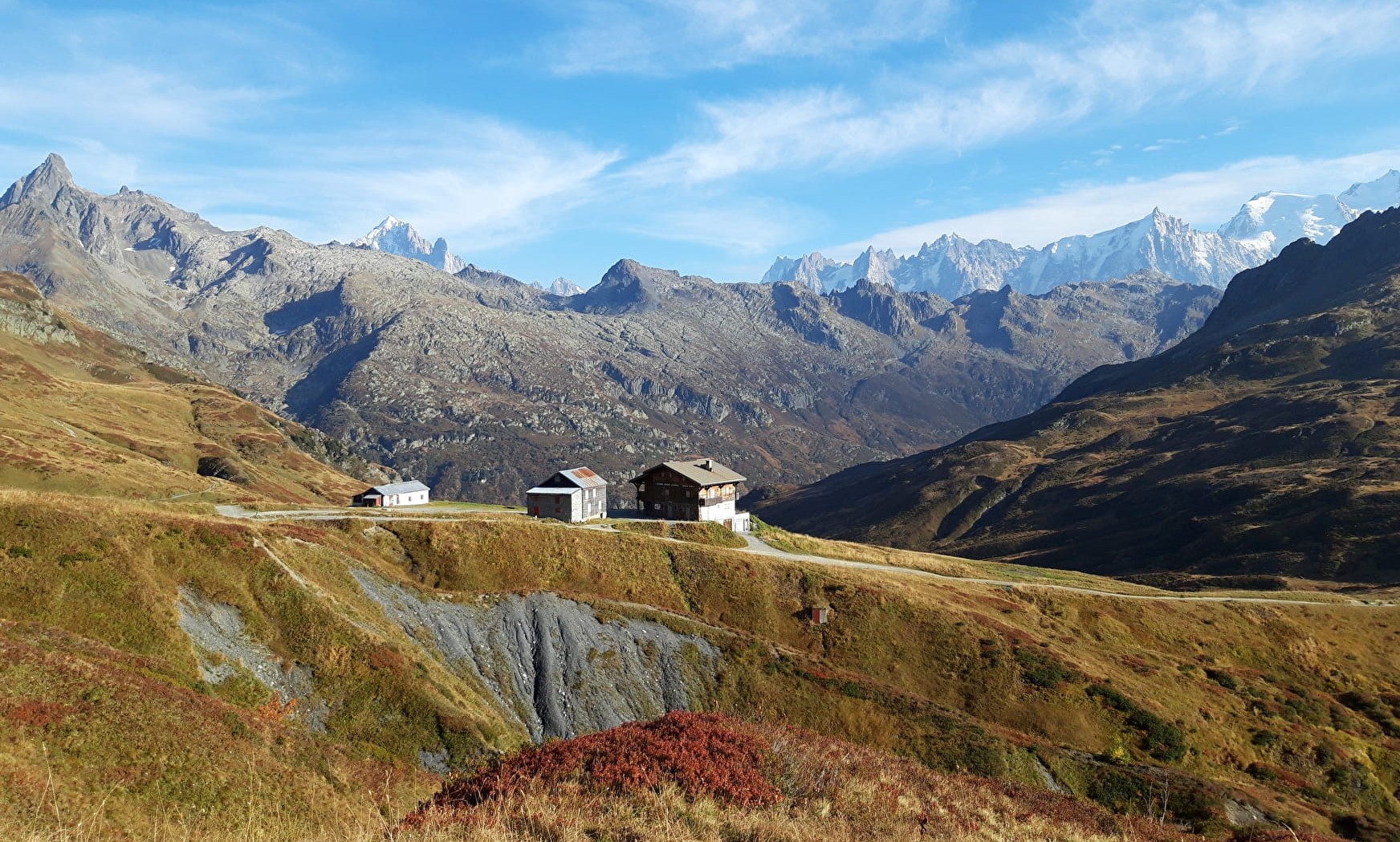
Refuge Moëde Anterne
Q. Your first qualification was that of a mountain leader?
Yes, and since I graduated, I have always worked with the Compagnie des Guides. For me it was evident that I should be a member of this institution! At the same time, I took a masters degree in management and protection of mountain environments at the University of Savoie Mont Blanc. When I graduated I became an independent ecologist.
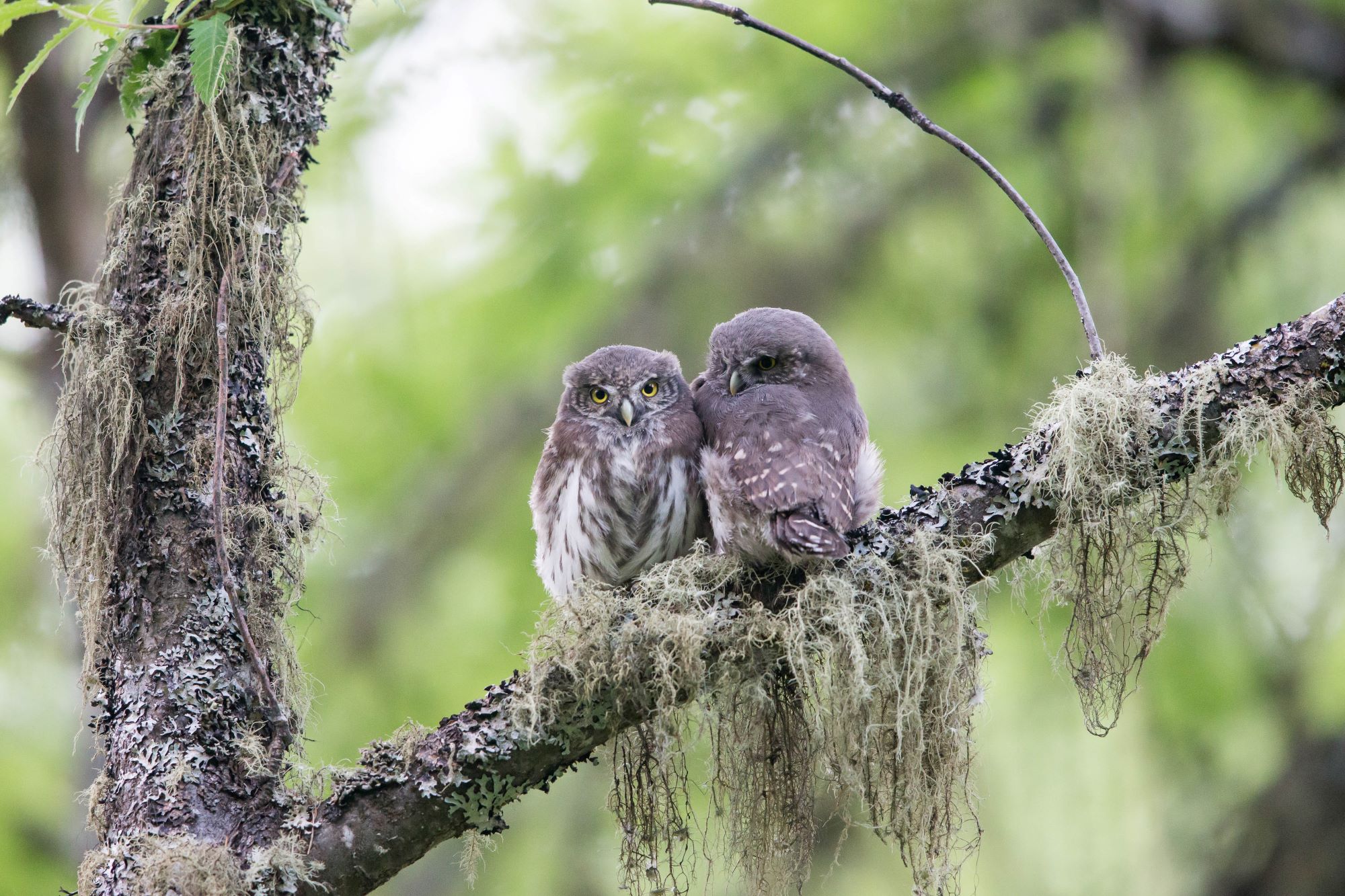
Q. And your love for photography?
My passion for photography came about during my ecology studies, firstly as a necessity for monitoring raptors during migrations. Gradually, the biological goal became more of an artistic pursuit and I spent a lot of time photographing mountain wildlife. I also started making videos and films.
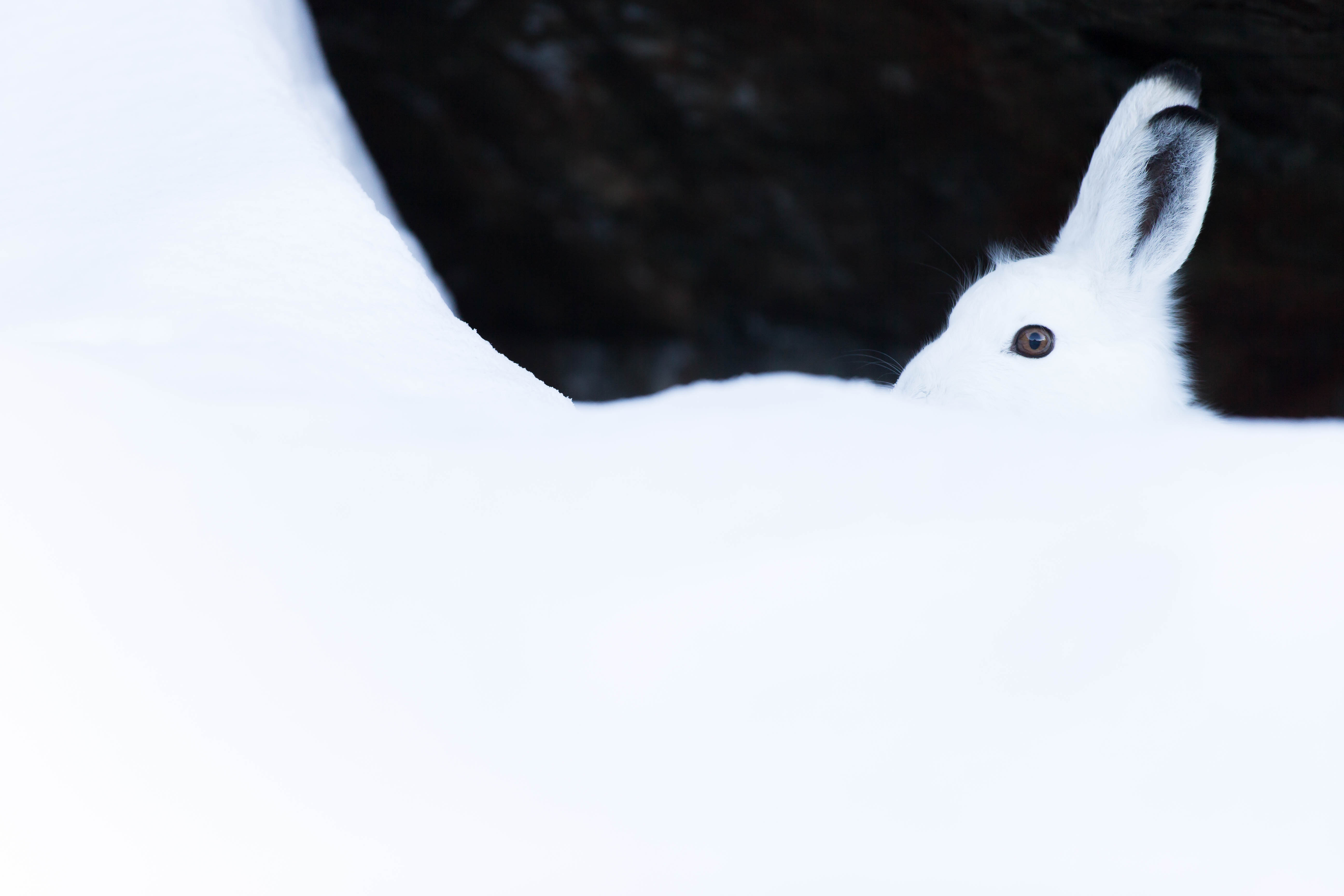
Q. Tell me about your film “Origins” which was released in 2017
It is a documentary that relates the life of animals as seen through the eyes of men and women, nature lovers, who wish to share their passion. I spent five years researching glacial relics, fauna that came to the Alps from the north during the last glaciation. These species are now present in the French mountain ranges where they find favorable conditions for their life. Between boreal forests and bare rocks of high altitudes, this film aspires to raise awareness among mountain professionals, highlighting the need for good practices so that these species can survive.
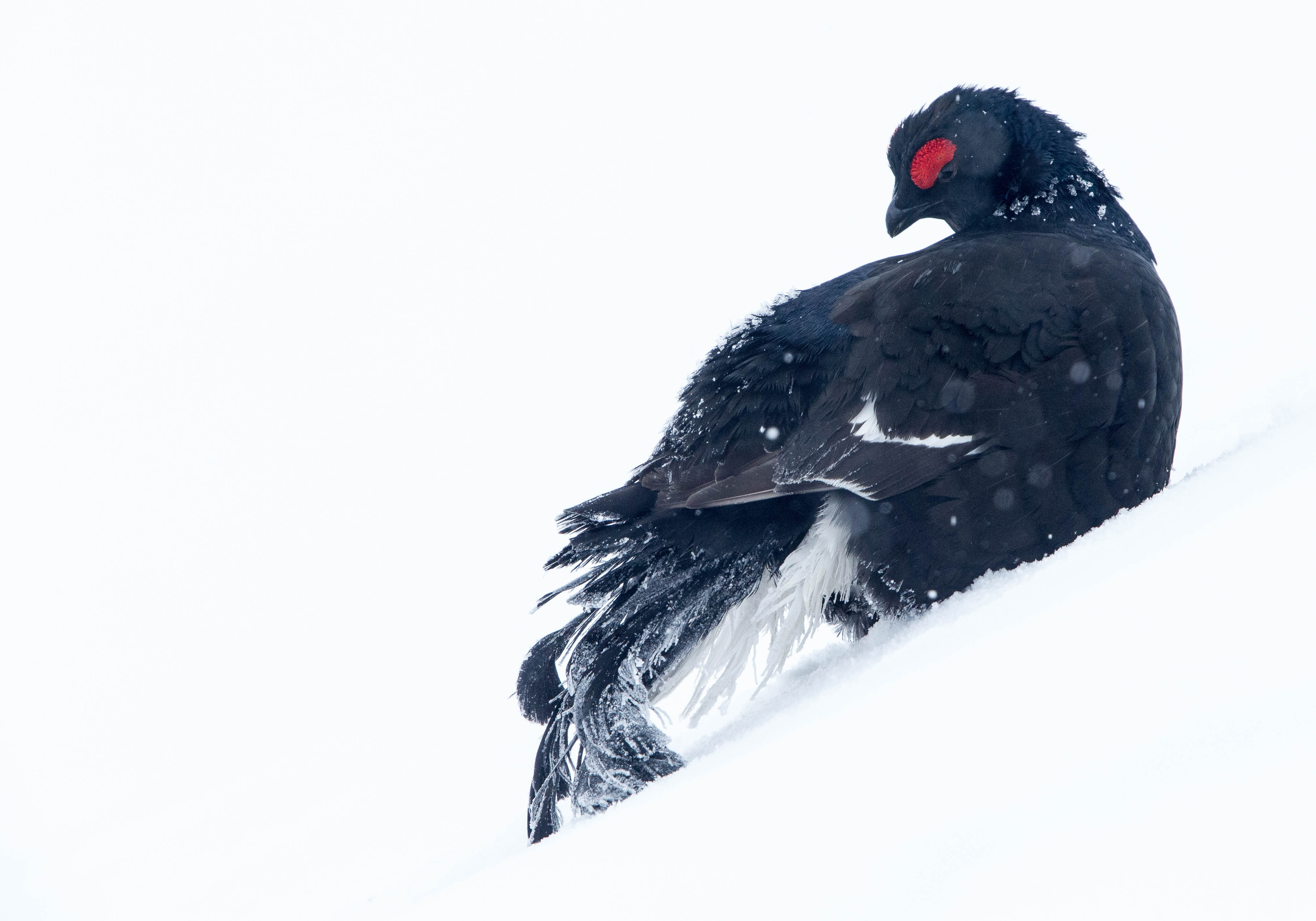
Q. When you made this documentary in 2017, your emphasis was already on the vulnerability of our wildlife during the winter months. You must be satisified by the Chamonix Tourist Office campaign this winter?
Yes, I am delighted that the tourist office is putting the animal at the heart of its winter communication. This is the first time it has happened and it’s a great step forward. Between the tourist office and the Chamonix Valley municipality we are little by little anchoring this notion of sharing the mountain in people's minds. Realizing that we all have an impact on our environment is the first key to reconnecting with nature.
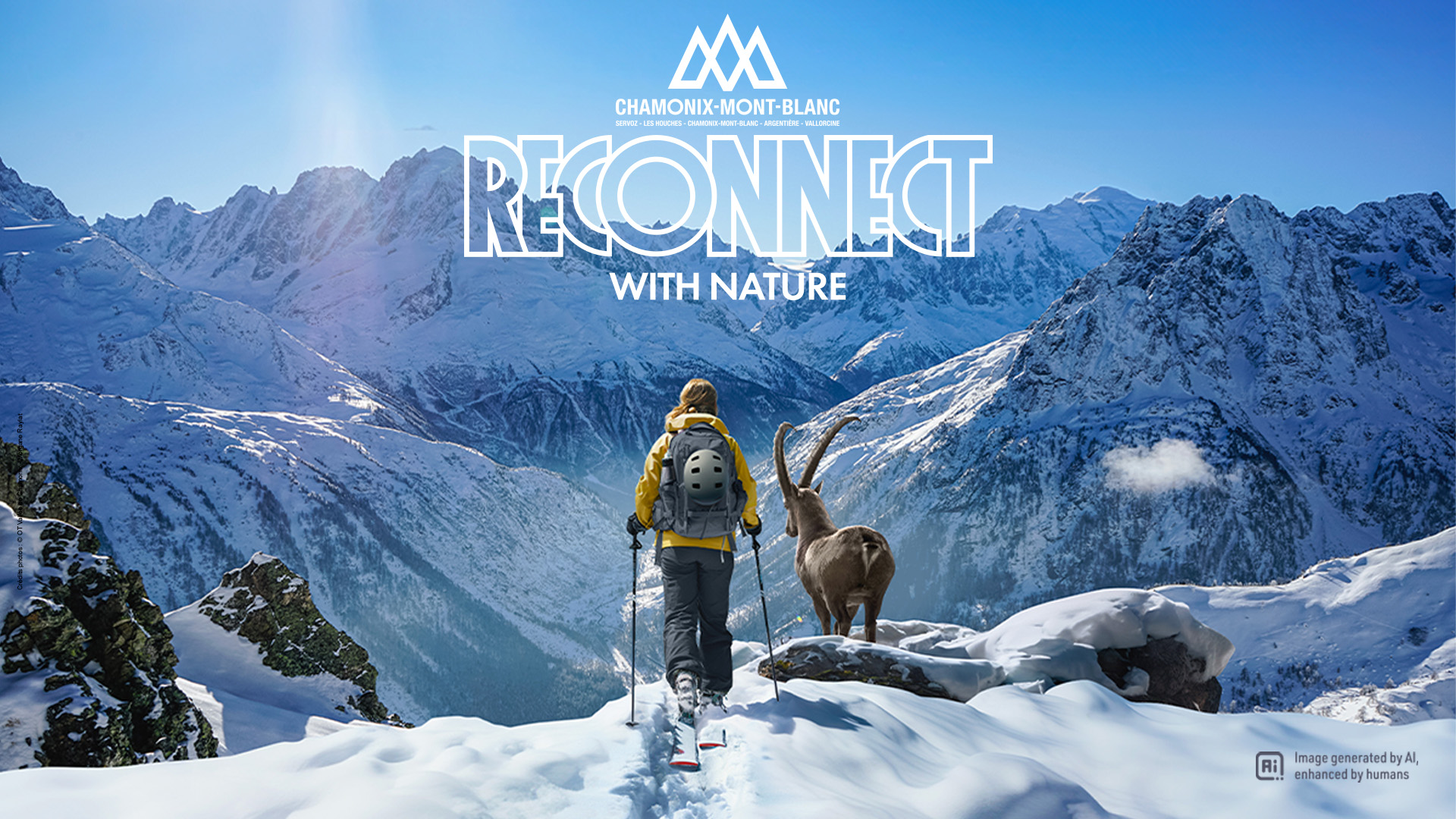
Q. In your film you talk about the adaptation of certain animal species. What about the adaptation of mountain professionals?
We know that the mountains are particularly impacted by global warming and this harms the habitats of animal and plant species, but climate change is also affecting our mountain activities!
The spectacular melting of glaciers and repeated rockfalls are forcing us to face changes that constitute a real adaptation challenge.
We are extremely lucky in the Chamonix Valley to be able to make a living from our professions, but we must face the fact that we need to review our practices and anticipate the future.
For our professions to continue, we must envisage a world with constraints. Today we are compelled to lay the first stones of adaptation, whether we like it or not.
Q. For more than 200 years, the Compagnie des Guides de Chamonix has been able to reinvent itself to meet the challenges of each era. Can you give me examples of adaptation today? F
We must favor multi-activity and imagine new practices.
In diversifying our professions, we offer more experiences, such as an introduction to climbing and mountaineering, canyoning, ice climbing. Some guides pass additional diplomas, such as mountain bike instructorship. In recent years, we have also developed various infrastructures such as the treetop adventure park, the white-water base, via ferratas etc.
We are also seeing more seasonal migration. Some guides will leave Chamonix in July and August to work in other mountain ranges, or spend entire months canyoning in Corsica or climbing in the Drôme.
Q. And you are developing activities during quieter periods?
Since this year, we have set up themed outings: deer bellowing, chamois in the rutting season, or bird migration in the fall. Few people know it, but the Chamonix valley is on an important migratory axis. In one specific place, we can observe flocks of birds gathering, it’s an extraordinary vision!
There is still a lot we can do to draw visitors at quieter times of the year, and in my opinion this is the key to developing a more sustainable tourism.
As another example of diversification, we will soon be certified as a training center for future mountain leaders and mountain guides. At off-peak periods, we will offer preparation courses for exams in these two professions.
Q. The Compagnie des Guides plays a fundamental role as a nature educator for all audiences?
Yes, there are 190 mountain guides and 60 mountain leaders at the Compagnie des Guides and we are all sentinels of our environment.
We defend the idea that people only protect what they care about, a prerequisite to which is knowledge and understanding.
We noticed during the Covid period in particular that there was a real demand for this reconnection with nature.
In winter, for example, around thirty mountain leaders accompany daily themed snowshoe outings: tracks and signs of life; observation of chamois; adaptation of wildlife in winter and how not to disturb them. For total immersion experiences, bivouacs in tents and igloos are offered on two-day outings which are very popular.
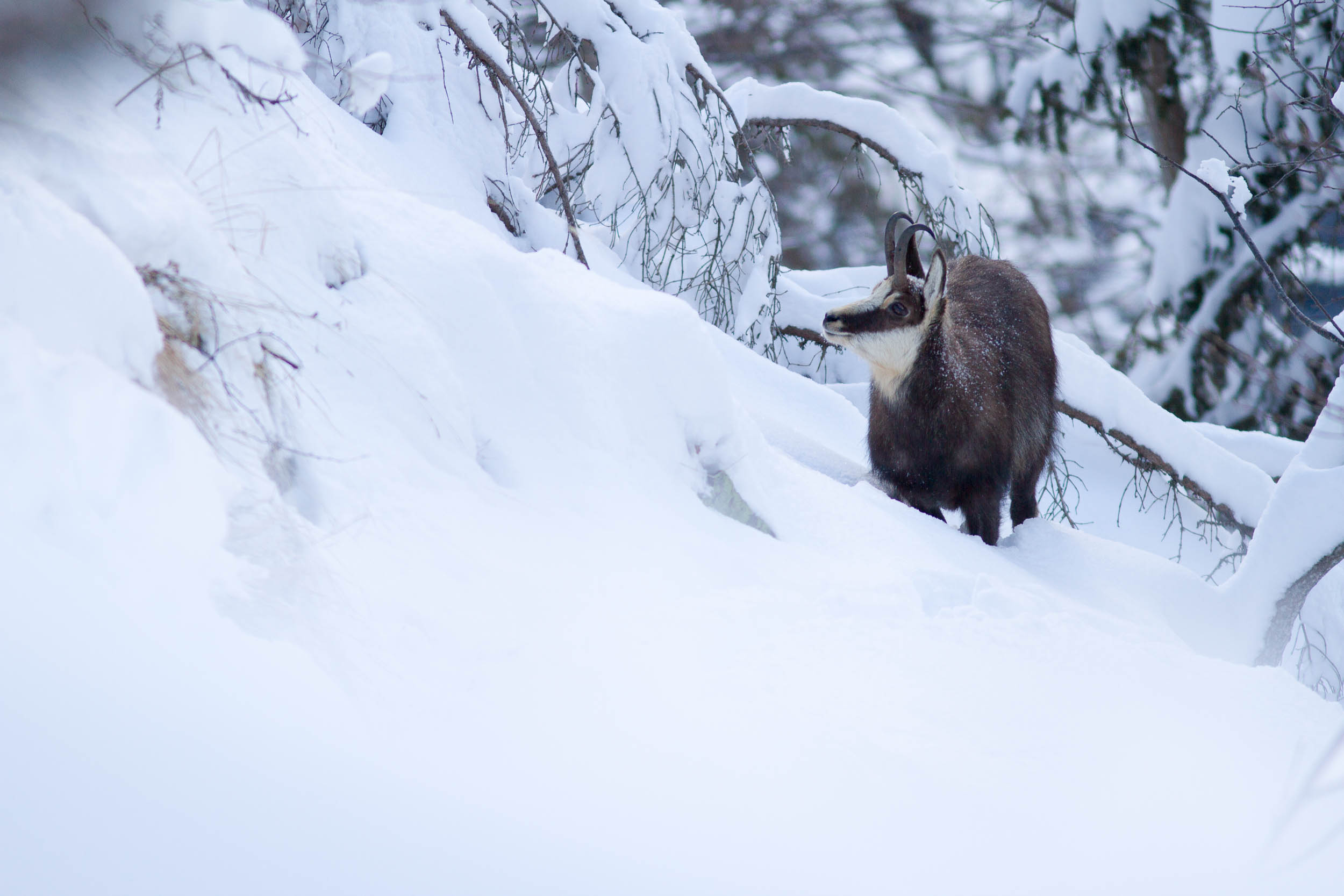
Q. And you also offer free outings for young people from the Mont-Blanc region?
Yes we do. In 2021, the anniversary of our 200th anniversary, we created the Fund for the Environment and High Nature: FOEHN. It finances conservation projects, free educational programmes and gives support to research and ecosystem restoration work.
We finance a free training cycle for children from the Chamonix Valley, Saint Gervais and Contamines aged 10 to 12 years. Supervised by professionals, around sixty children discover the mountain environment every Saturday from March to June. They learn about different alpine species and the importance of their habitats. They are also made aware of the issues facing the valley in the context of global warming.
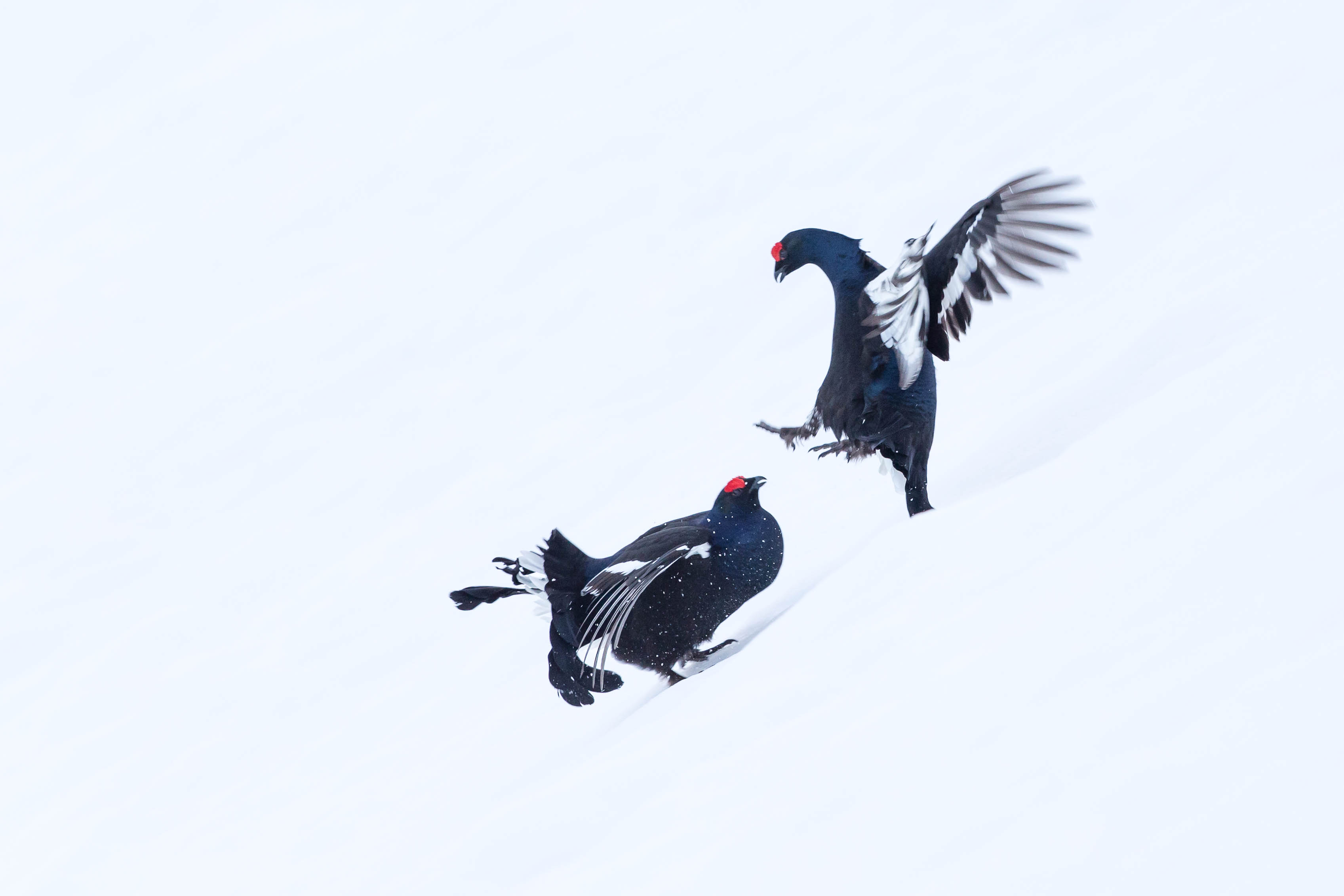
Q. You also try to educate visitors about their carbon footprint
Yes, because we know that 95% of our emissions come from customer journeys.
To be in line with our values and in order to limit the carbon footprint of our customers, we no longer allocate any budget to the development of long-haul destinations. To this end, to raise awareness among travelers, a carbon calculator is offered on our site.
However, the transition and diversification of our activity is largely linked to a clientele who does not come to practice a single activity. During the Covid period we managed to regain a European clientele (notably Belgian/Italian/French) who, even if they have lower purchasing power, come to have experiences and to sample various activities.
To anticipate the future, in a world where travel will possibly become less accessible, the choice to focus our communication on France and Europe is also strategic.
Q.With your ecologist's hat and as an elected official, you sit on many councils with other stakeholders in the Valley.
I do and this transversality is essential. I work with a number of partners: CREA Mont-Blanc - research center for high altitude ecosystems, Asters - Conservatoire d'espaces naturel de Haute-Savoie, the Communauté des Communes de la Vallée de Chamonix, La Compagnie du Mont-Blanc (lift operator) and the Tourist Office of course.
To give an example, I have been researching the presence of wolves in the valley since 2020 using a network of concealed cameras. This work is carried out in collaboration with IPRA and the valley councils. We now have a better knowledge of the fauna in the valley, particularly regarding large predators (wolf and lynx). Sharing this knowledge with all stakeholders in the valley is invaluable.
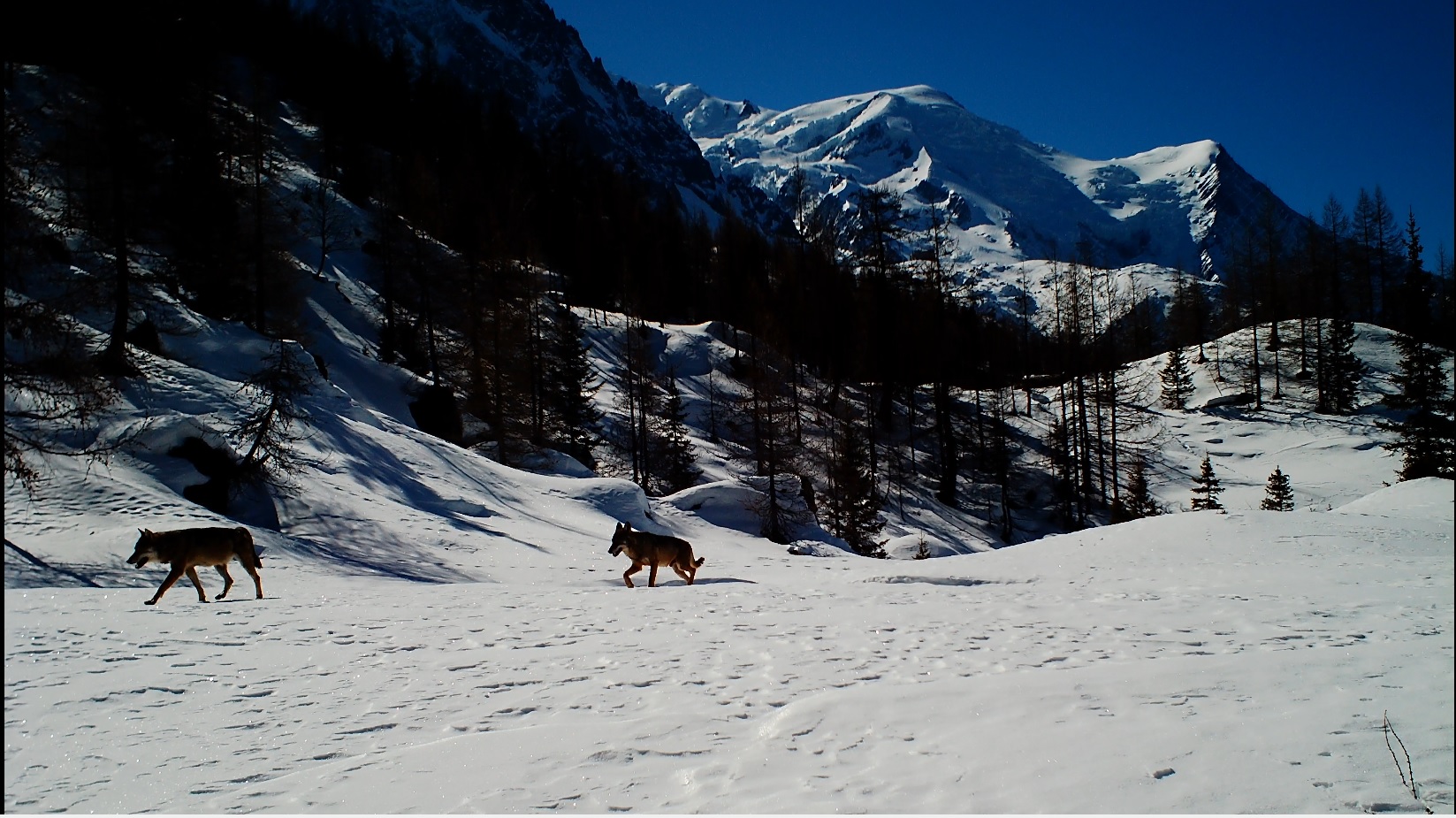
In conclusion ?
As director of the Compagnie des Guides, I share the responsability to anticipate a sustainable future in mountain tourism, with a vision 10 even 20 years ahead.
If we manage to diversify and to further develop our products and attractivity during low-season periods we will be less tributary to the urgency of the season. For mountain professionals, having to make the majority of their income over a two to three month period, puts them in an uncomfortable and sometimes stressful position.
I aspire to a gentler kind of tourism, more in harmony with our values and more respectful of our unique environment.
Compagnie des Guides de Chamonix
